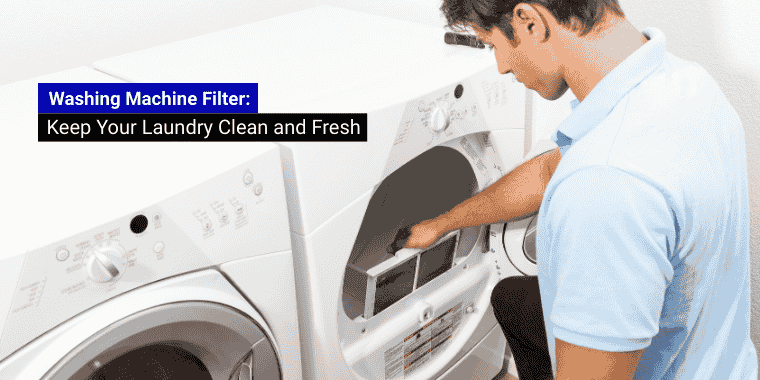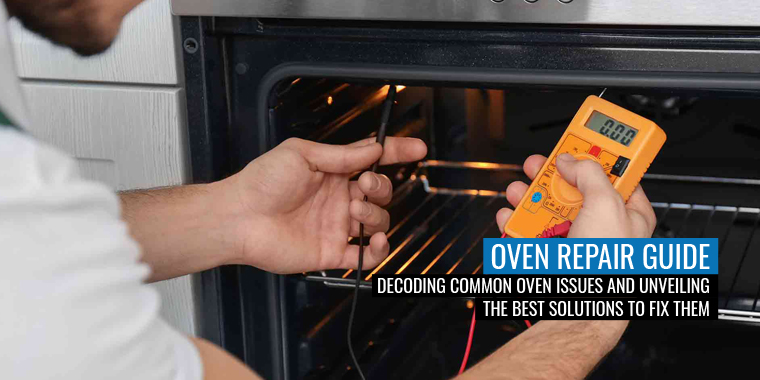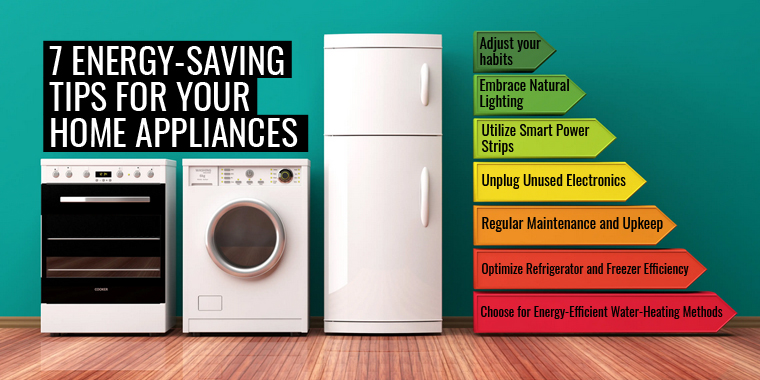
Are you struggling with a stove that is not working properly? This situation is not only frustrating but also disrupts your daily routine when you cannot prepare meals on time. Therefore, when your stove stops working, you need reliable stove repair services as soon as possible. This is the way to make sure your stove is safe to use and works well. Common stove issues include clogged gas ports, faulty igniters, worn heating elements, or control panel problems. Whether burners won’t ignite, heat unevenly, or the oven fails to reach the set temperature, timely stove repair can save you stress, prevent safety hazards, and restore your kitchen’s efficiency.
Why Stove Repair Is Important for Every Home
Your stove is really important for life. When it breaks down, easy tasks become very hard to manage. Stove repair services are there to fix the problems before they get out of hand. For instance, a little problem with the stove ignition can become an issue later on if you do not take care of it at the initial stage. Some stove problems may pose serious safety concerns if not diagnosed and fixed correctly. That’s why getting your stove repaired on time by experienced technicians saves you a lot of time and money.
Common Stove Problems That Need Proper Stove Repair Services
Over time, stoves can develop several issues.
- The stove will not turn on.
- The stove burner will not heat up.
- The stove is making a noise.
- The stove buttons or knobs are not working properly.
- The stove cannot maintain a consistent temperature while cooking
Because these problems affect performance and safety, professional stove repair is always the smarter choice.
Benefits of Timely Stove Repair
Repairing your stove promptly can help you:
- Avoid costly breakdowns later by fixing small issues early.
- Improve safety by addressing gas leaks or electrical faults.
- Extend your stove’s lifespan with regular care and maintenance.
When to Call a Professional
Stove repair isn’t just about convenience; it’s about safety. If you notice gas smells, electrical sparks, or stubborn performance issues that you cannot fix on your own, contacting an experienced technician is your best move. They’ll ensure reliable repairs and help keep your kitchen safe and fully functional.









